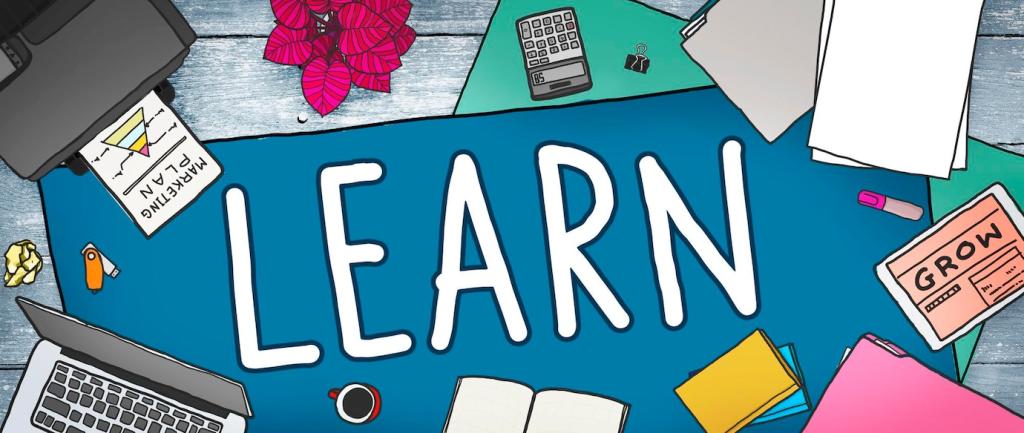Design for Clarity, Speed, and Accessibility
State your title, target role, and core strengths immediately. Keep navigation predictable: Home, Projects, About, Contact. Use consistent visual patterns so the reader’s working memory is freed to process your work, not your layout. Add a primary call to action to read your flagship case study.
Design for Clarity, Speed, and Accessibility
Adopt semantic HTML, logical headings, and keyboard navigability. Ensure color contrast meets WCAG AA, provide alt text for images, and caption videos. Accessibility is not just moral; it broadens reach. Tell us your stack, and we’ll share simple components that bake accessibility in from day one.
Design for Clarity, Speed, and Accessibility
Optimize images, prefetch key routes, and lazy-load noncritical scripts. Monitor Core Web Vitals to sustain responsive, smooth interactions. Fast pages reduce bounce and increase reading time, giving your story a fair chance. Post your Lighthouse score; we’ll suggest targeted, high-leverage fixes.






